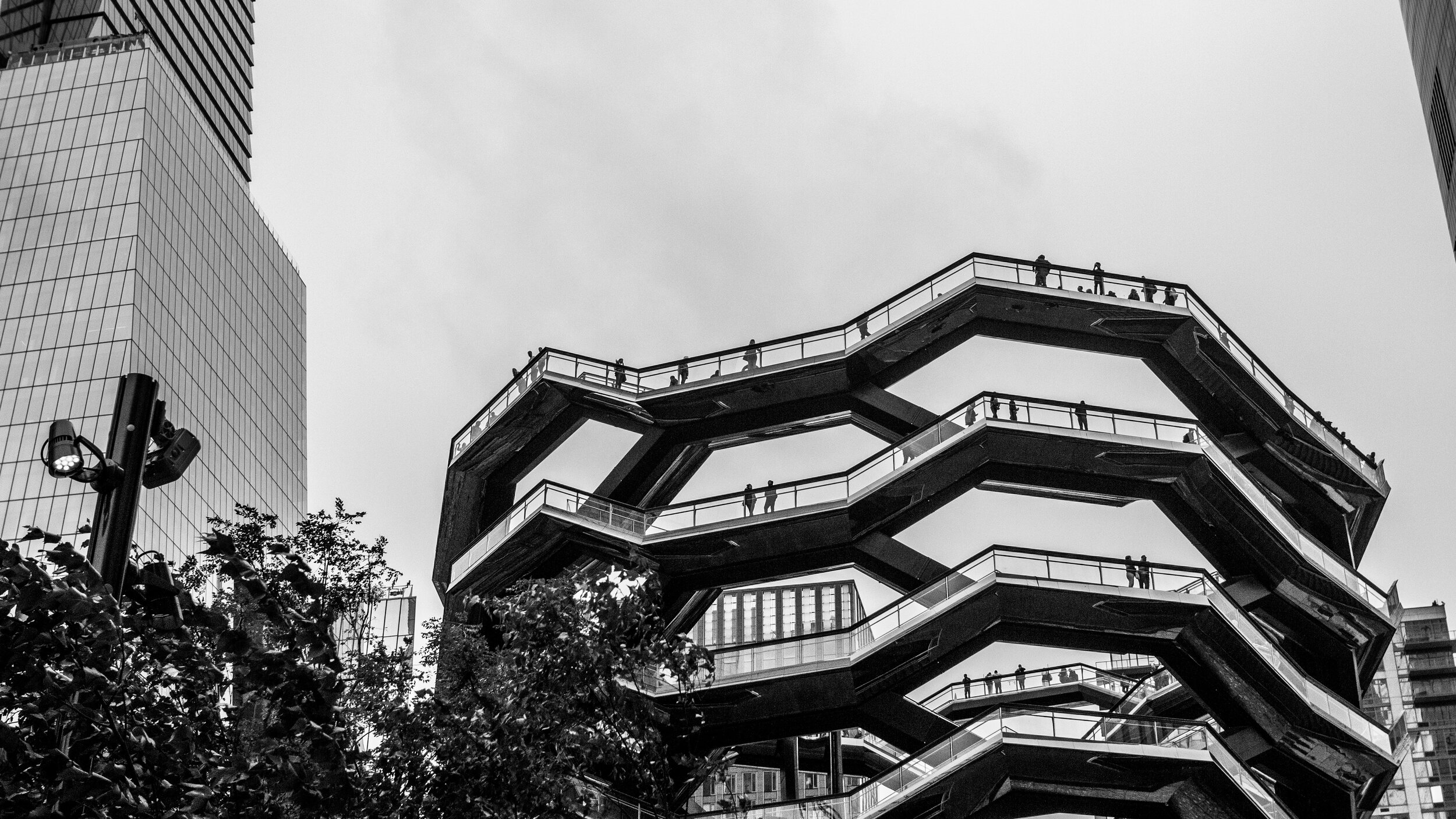
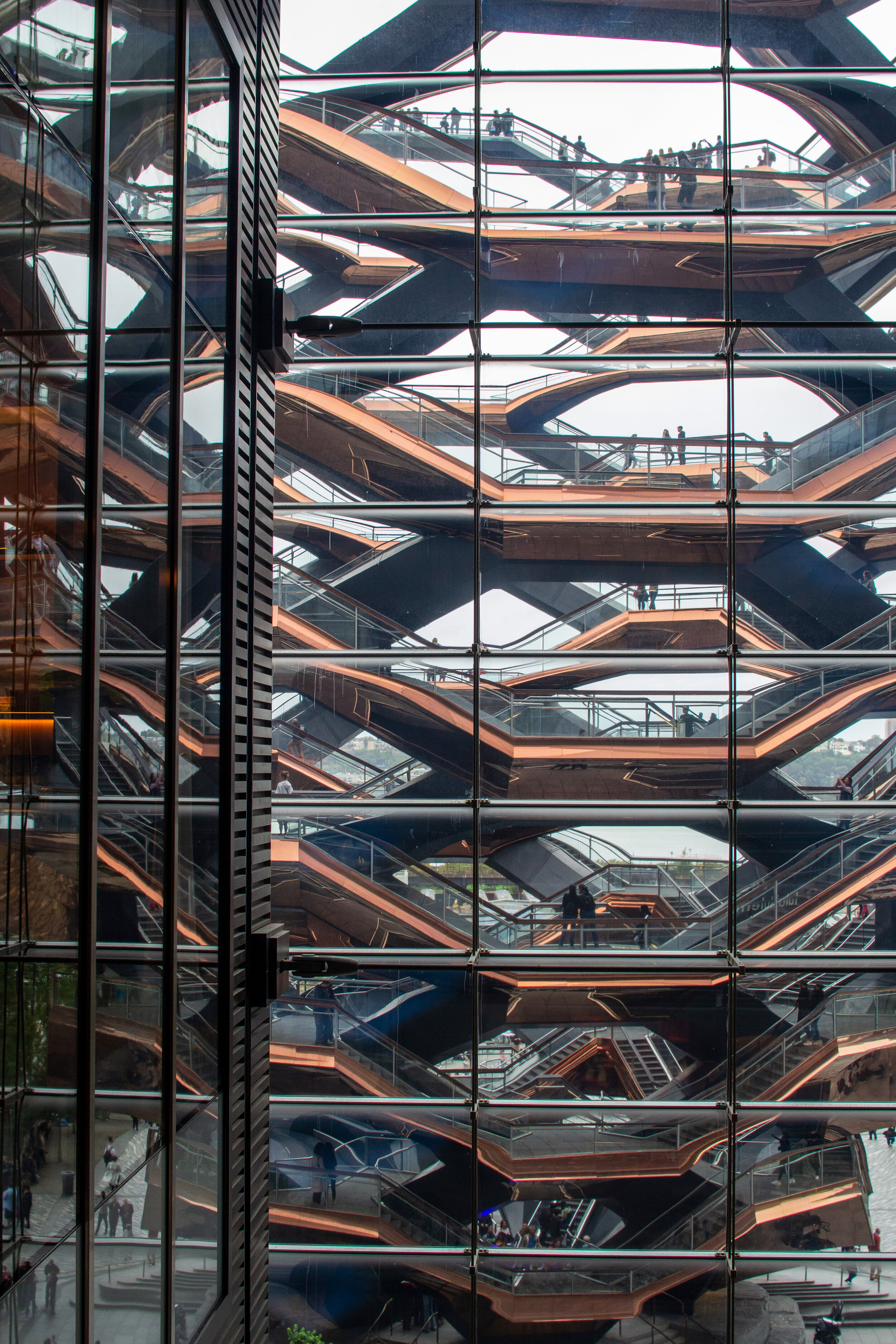
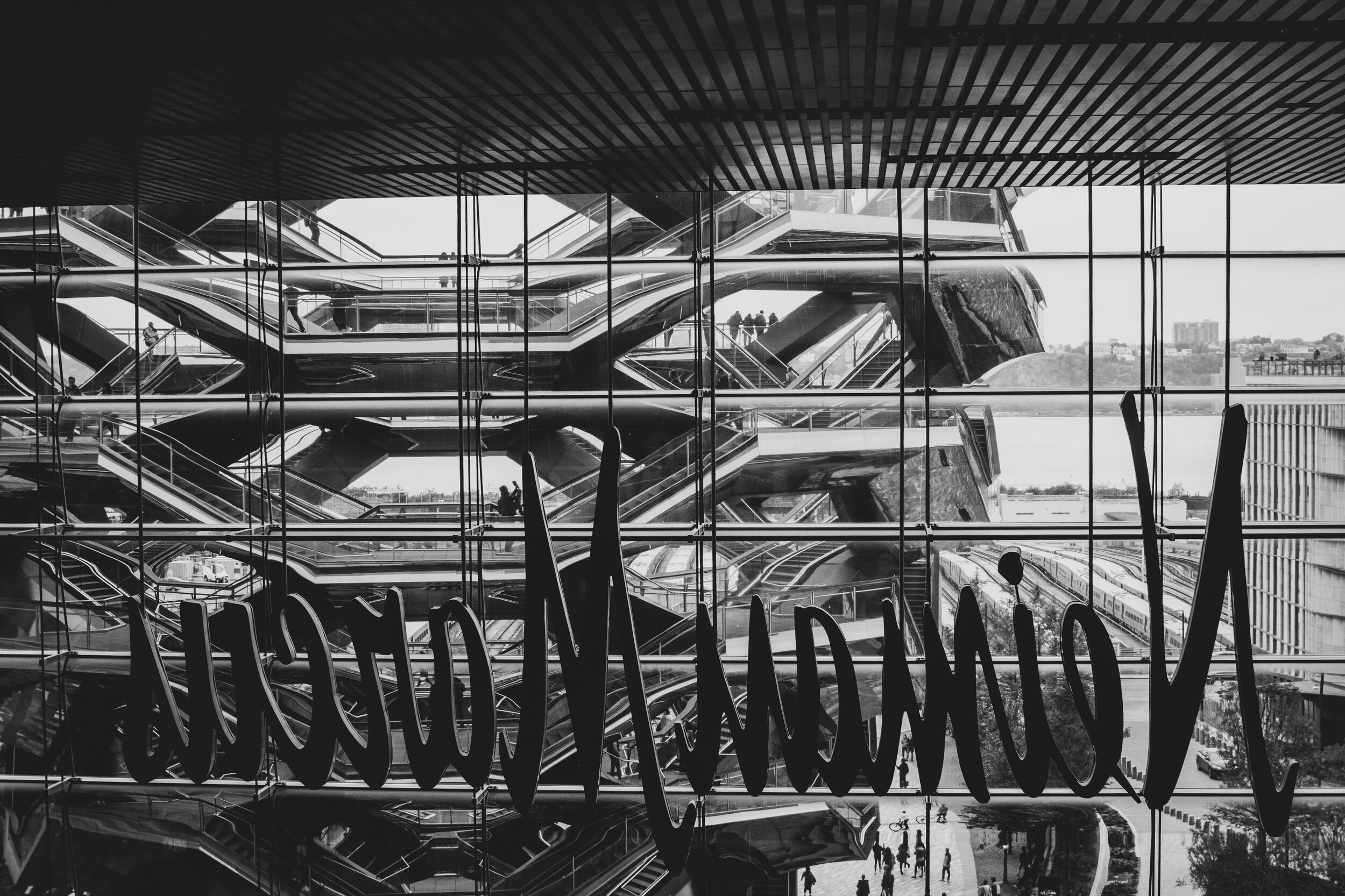
While clearing space on my laptop, I came across some photos from 2011. Different city, different camera, different time. I’ve probably posted a few of them already on one or more now-defunct blogs, but I thought it might be nice to put a few of them up here.

I often wonder whether at any point older digital photographs will look “old” to us in a charming way, the way that old film photographs or Polaroids look to us now. It seems unlikely, because the imperfections of older digital photographs, like grainy digital noise in the shadows, never looked all that appealing to me. I have no feeling of nostalgia or sense of history when I look at an old digital photo. It doesn’t look old-timey in the way that an 1800s sepia tone family portrait might, or a Polaroid snapshot with its trademark white border.
Still, there might be something to be said for old digital photos, at least in terms of how an older camera’s constraints might shape both the raw material of the captured image and the end product of any editing.
While cleaning my office this afternoon, I came across my Canon S90, a higher end pocket camera that debuted in 2010. After a bit of thought, I placed it into the “donate” bin. In the past few years, my Ricoh GR2 and my iPhone 7 have taken its place as cameras for street photography and those circumstances when a large DSLR simply isn’t practical (i.e. most of the time). Meanwhile, the S90 has just gathered dust.
By coincidence, the next folder in my photo backlog included S90 shots taken in New York City back in 2015. As I edited them, I found that despite the GR2 and iPhone 7 likely being better cameras, there was still something to these that I enjoyed.
Editing them took me back in time a bit, as I remembered how I’d tend to edit low-lit photographs or nighttime street scenes taken with this camera. If I tried to brighten the whole image, the parts of the image that were darkest would quickly show a lot of unappealing looking digital grain. To hide that, I pulled down the far left end of the curve, crunching those shadows down to near-black. Then, I stuck a point at the center of the curve and pulled the mid-values back up.
This usually resulted in high contrast and saturated colors, in amounts that I would have likely backed off from if I were using a different camera.
This isn’t a broadly recognized nostalgia generating effect like sepia tones or Polaroids, but it is something that, to me, is specific to this particular camera, and it brings back memories. I will use this to justify my pack rat tendencies, and will likely hold on to this old camera for a few more years at least.














Goose, duck, goose

Geese

Takeoff
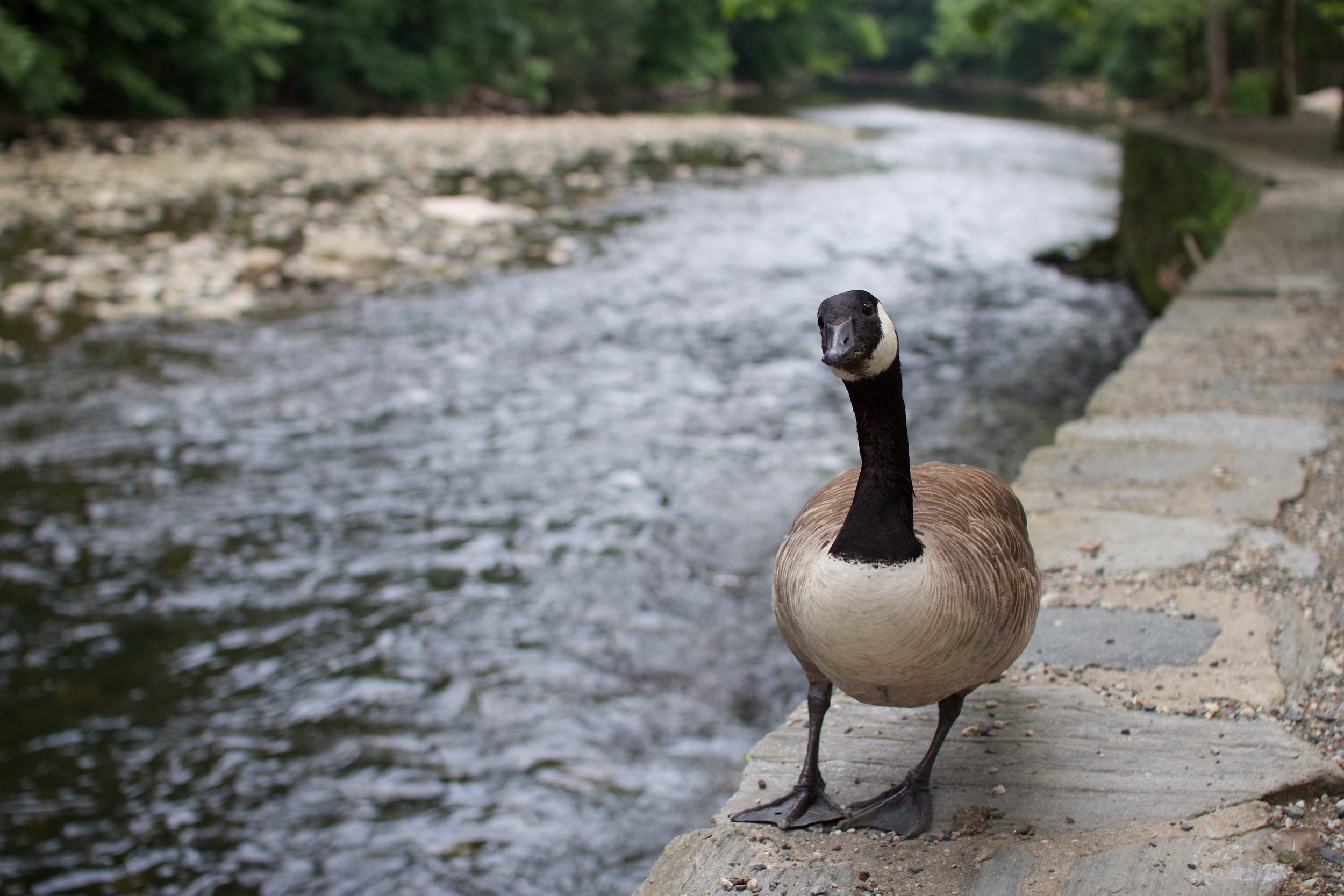
Hello.

Greenery

ENJOY!

Wissahickon Creek

Trees

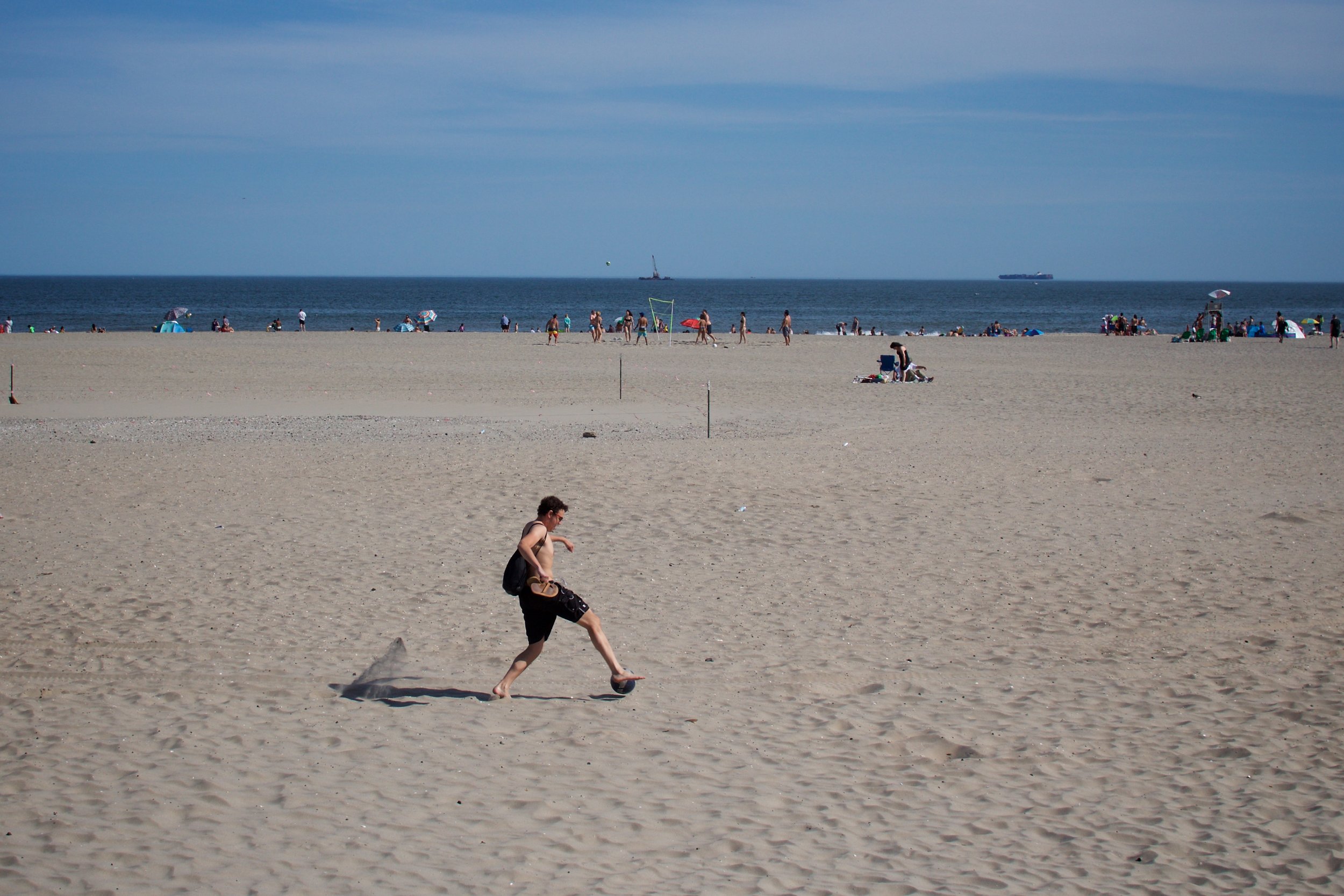
Kickoff

Perspective

Arches

Night Flowers

Laundry

Rocking Chairs

Fordham University at Rose Hill

Fordham University at Rose Hill

Lined

Water

Creep

Sneakers
Photos taken in Astoria and Manhattan during Winter Storm Niko. Select prints available for order here.
Snowy Morning on Ditmars Boulevard
Snowblind
The Walk to the Train
Much Snow
Train, close-up
On the Platform
East 45th Street
Delivery
Don't Walk
Madison Avenue
Frosted Bike
42nd and Vanderbilt
Under the Trains
Dutch Kills Green
Queensboro Bridge, from Queensboro Plaza pedestrian overpass
Blowing Snow
Lonely Walk
Dead End
Street Crossing in the Snow
Snow Canopy
The San Remo
Viewfinder
Bethesda Fountain
Sunlight
Bubble
Through the trees
The Beresford
The Loeb Boathouse
Sunlight
Leading men on 1st Avenue
Rolling
Shoes
NYPD
Levitation
Banana Handoff
The Best at Exercise
Mexico
Happy B-Day Mom
Business in the Front
For Ireland
Puppy
Signage
A Beautiful Day in the Neighborhood
On Vanderbilt Avenue
Apple recently released an API allowing third party apps to edit "raw" iPhone camera images. In short (and I'm sure at some level I'm butchering this summary), raw editing gives you a lot more room to edit an image's color and exposure. To my eye, the benefits of this are most evident in highlights and shadows. Parts of an image that appear to be blown out in white can be pulled back to show details, and parts of an image that appear to be blackened shadows can be pulled up to show what's there.
I saw that Adobe Lightroom for mobile was highly recommended for trying this out, so I downloaded it earlier this week and took it for a spin. It'll prompt you to sign up for a membership, but you actually don't need to in order to be able to shoot and edit with it.
On 42nd Street (East)
These shots are mostly from around the neighborhood where I work. I tried to keep an eye out for high contrast scenes that could most benefit from raw editing.
Street Crossing
A nice bonus from this experiment was trying out Lightroom for mobile. I had never used it before, but found the interface very easy to use. I think it's going to be my photo editor of choice for times when I want to get a little deeper than what Instagram will let me do.
On 42nd Street (West)
One thought that occurred to me was whether or not raw editing provided an advantage over the iPhone's built-in HDR feature when it comes to dealing with high contrast scenes. I didn't side-by-side this, so it's tough to know, but the answer is probably "it depends". iPhone Life's piece on HDR notes that HDR is not the best tool for capturing shots with lots of motion, since it's knitting together multiple exposures. So in something like the above, where there are people going back and forth, the exposures could overlap poorly and there might be some blur or strange artifacts in the final image.
Morning on Ditmars Boulevard
Parts of the clouds still blow out here, and the vignette I added certainly crunches down the shadows along the edges. But as always on the phone, it's a balance between how much editing work I want to do, and how much time I want to spend on my phone doing it. There's still an "ok, that's good enough" point, and this was it for me with this photo.
Street Crossing on East 42nd
Stitch Bar & Lounge
There's some blurriness here, as the phone's probably taking a longer exposure and I could've done a better job bracing it against the balcony rail.
Overall, I found raw/Lightroom a useful tool, though not one that I'll use every for every iPhone photo. In a lot of scenarios, the built-in Camera app is going to be good enough, and that's faster for me to start up than opening Lightroom and then going to the camera part of the app. I also don't want to get into the habit of building up a large backlog of unedited raw files in the app, as I have enough of that going on in my non-iPhone photo world.
But for times when I'm taking a shot that I know I'm going to want to post, and I want the best version available for editing, then I'll most likely be using this to do it.
By coincidence, I finished editing photos from New York Comic Con 2014 shortly after I got home from New York Comic Con 2016.
For more photos, you can jump into the relative future and see my shots from Comic Con 2015 here (for a while, I tried alternating between old photos and new photos while working through my editing backlog).
Transformer Loose in Artist Alley
#ILoveMyLGBTFans
Guardians of the Galaxy
Deadpools
Sometimes it's the little things.
U.S.S. Reliant model, by Qmx. Shuttle Bay 2 Detail.
The Captain
The Captain
The Batman
One busy foyer.